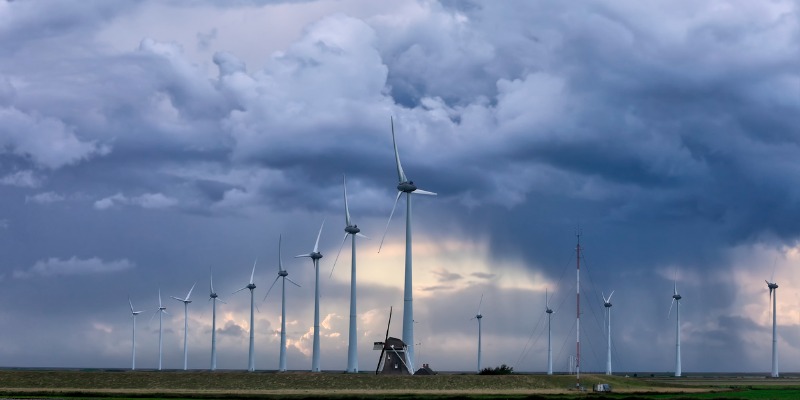Canadians face European-style energy crisis unless policymakers change course

In Europe, with temperatures dropping and winter in sight, a global decline in liquefied natural gas (LNG) supply, driven by gas flow drops in the Sabine Pass LNG plant in Louisiana, the largest plant in the United States, have caused European gas prices to soar. However, European policymakers can’t solely blame external factors such as flow drops in the U.S. and the war in Ukraine; European government policies have played a significant role in the continent’s energy crisis.
Over the past two decades, European climate policies have heavily favoured renewable energy sources (mainly wind and solar power) at the expense of nuclear and fossil fuels. While renewables hold promise, they can't always meet the continent's power demands because they’re not always available. In 2021, for example, some parts of Europe experienced less sunshine and wind than expected, leading to increased reliance on natural gas for backup power. But European climate policies also simultaneously reduced domestic natural gas production. This imbalance between rising demand and lower domestic production led to a sharp spike in gas prices, causing European electricity bills to skyrocket by up to 470 per cent between 2020 and 2021—all before Russia’s invasion of Ukraine.
Sanctions imposed on Russian trade further exacerbated the crisis in 2022, doubling natural gas bills for some Europeans. Suddenly, Europe was urgently storing gas and resorting to carbon-intensive solutions such as restarting coal-fired power plants and burning wood. While the continent's climate policies were designed to intentionally increase prices for fossil fuels and encourage the adoption of renewables to reduce greenhouse gas (GHG) emissions, the surge in energy prices forced the region to revert to coal, a power source that emits 50 per cent more GHG than natural gas.
Moreover, due to soaring energy prices, energy-intensive industries had to scale back or halt production, severely impacting the continent's economy. Electricity demand in 2022 fell by 3 per cent in the European Union while it grew by 2 per cent worldwide. Consequently, Europe slid into recession, with Germany, its largest economy, still grappling with stagnation in the second quarter of 2023.
In recent weeks, European gas prices have surged by more than 40 per cent, reaching nearly 40 Euros (roughly C$57) per megawatt-hour, a common measure of electricity output. Astonishingly, despite these soaring costs, Europe remains committed to its current course. The Netherlands plans to shut down the Groningen gas field, the world's 10th-largest, by Oct. 1 of this year, despite its ample reserves capable of meeting Europe's annual gas needs. Any move to further limit natural gas production will likely exacerbate Europe's energy crisis.
Canada must take heed and chart a different course. Like Europe, the Trudeau government has implemented ambitious climate policies including a $170-per tonne carbon tax by 2030 and a GHG cap imposed on the oil and gas industry, to phase out fossil fuels and transition to renewables.
But Canadians should understand a fundamental reality—nature is unpredictable, and renewable sources such as wind and solar are not always available. Without a reliable backup (i.e. natural gas), Canadians will face higher energy costs and economic challenges, just like Europeans. Policymakers in Ottawa must change course to ensure that Canada's energy security is not left to chance.
Authors:
Subscribe to the Fraser Institute
Get the latest news from the Fraser Institute on the latest research studies, news and events.


